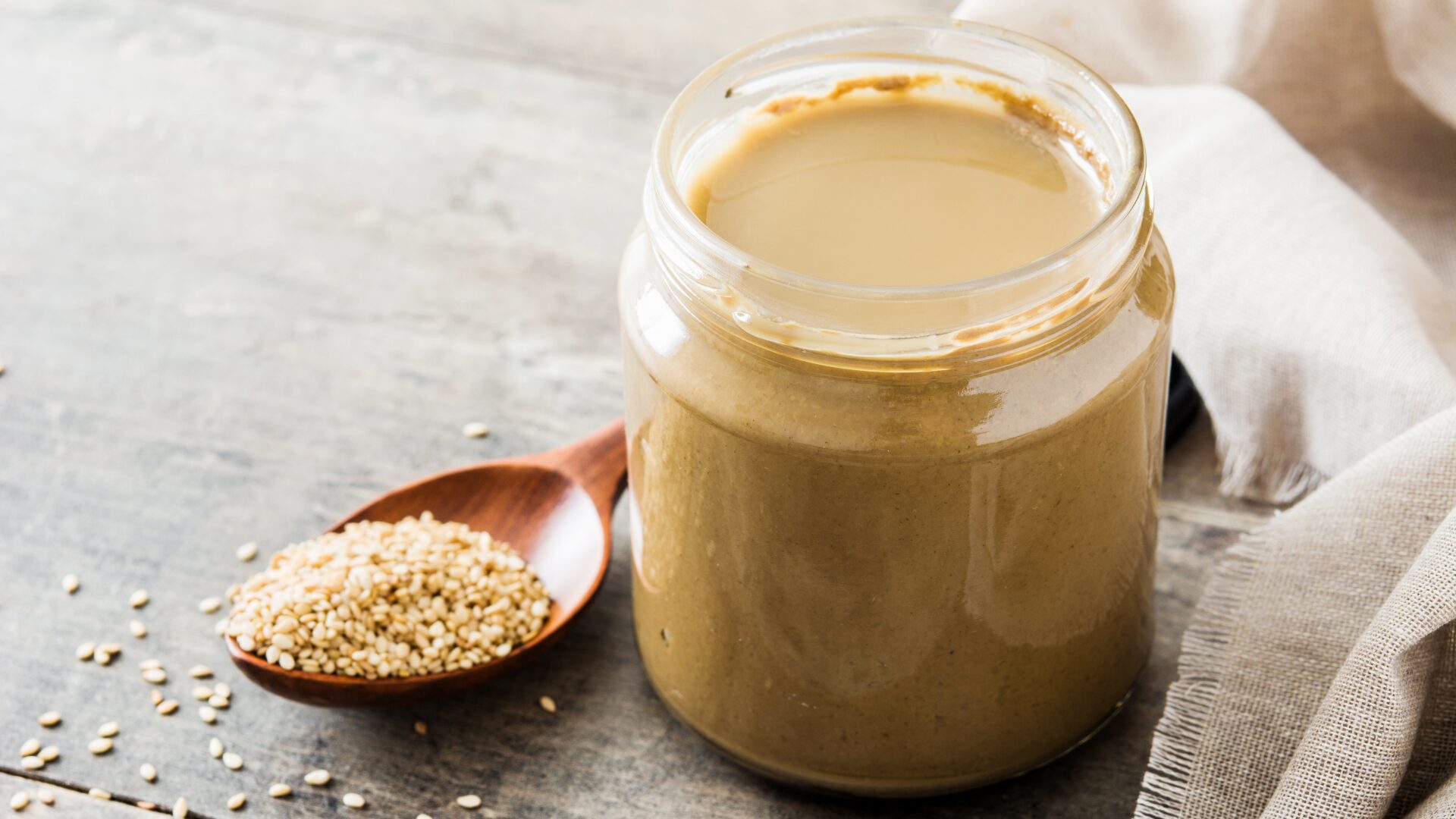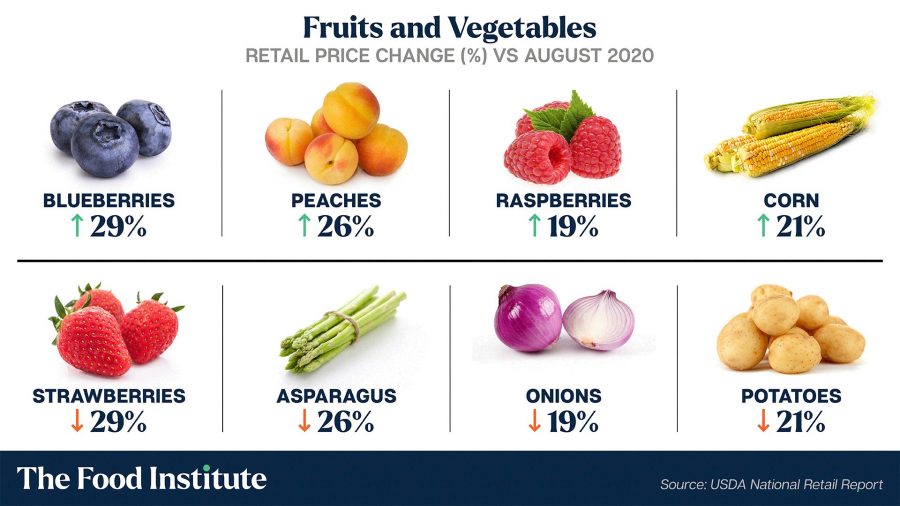The Specialty Food Association recently unveiled its trends to watch for in 2024, and international flavors were a prominent theme.
Clearly, the fact many consumers are working from home these days has sparked a sense of adventure.
“Over the last few years … many individuals have been inspired to recreate their favorite dishes at home, often tapping into foreign culinary influences. Many of us found a love for food and cooking, and now we’re seeing those food trends follow suit,” Carmen Callo, corporate executive chef at Sodexo Live!, told The Food Institute. “It’s also been amazing to see the growing diversity of the culinary industry as a whole, with these new faces stirring their own authentic cultures and flavors into their creations.”
Some of the latest trends, according to the SFA, include cell-based protein and flavors such as peach; tahini; black sesame, ube, and milk tea, and calabrian chili peppers. Other top trends were inspired by factors like consumers’ growing desire for value.
“Brands that will successfully engage them will show shoppers what their products bring to the table. This may be versatile uses, low-stress flavor building or longer shelf life,” Melanie Bartelme, trendspotter, was quoted as saying in an SFA press release for the trends report.
Here’s a look at top trends that stood out from the SFA report:
Innovative Beverages
According to the SFA’s State of the Specialty Food Industry research, beverage sales have grown at a faster pace than food, despite being a smaller segment, thanks to innovation.
“There are so many more options for people who are looking for interesting alternatives to alcohol. More specifically, I think wine alternatives are going to have a huge moment in the coming year,” Sharelle Klaus, CEO of DRY Soda Co., told The Food Institute.
“There are so many options on the market from dealcoholized wines designed to replicate the taste of wine, to wine alternatives that replicate the occasion but with their own take on flavor. ….”
Cell-Based Meat and Seafood
Brian Kempf, VP of Culinary at Butler’s Pantry in St. Louis, said cell-based meat and seafood will move further toward the forefront in the months ahead.
“While I believe cell-based food holds the potential to revolutionize meat production and consumption, there are significant industry challenges to overcome,” Kempf told FI.
The benefits of cell-based protein, including sustainability, food security, and health & nutrition, stem from its touted efficiency, scalability, and smaller ecological footprint, Kempf said.
“However,” he added, “unanswered questions regarding allergies, cross-contamination, and regulatory gaps still exist. Overall, I’m excited to see where cell-based food goes as it has made tremendous strides over the last 10 years.”
Tahini’s Versatility Embraced
There has been significant growth over the last few years, due in part to food media and restaurants bringing it to mainstream culture.
“With the help of social media and more, people’s appetite for global flavors is as high as ever and, like ube, sesame is on the rise. It’s versatile and people are understanding that tahini is so much more than an ingredient in hummus,” said Amy Zitelman, CEO of Soom Tahini. “It makes foods of all kinds better and more and more home cooks, chefs and brands are embracing it.
“At Expo East alone there were several tahini brands and others using tahini in products from dips and sauces to chocolate bars and vegan ice cream,” she added. “People are craving tahini. …”












